How 2 Tuesdays - Fish Species

Click the Icon to View by Fish Species
Setting an IGFA World Record requires an angler to follow very precise rules to document a catch. The leader has to be tied a certain way and the line that you use has to break at the correct poundage. Many people think it is impossible to set an IGFA World Record in fishing but it really is quite possible if you learn the rules. Meredith McCord has over 180 World Records and has learned through trial and error, advice from mentors and from the IGFA itself, how to play this game within the rules. She is happy to help other anglers to identify a record and set up their tackle to successfully set a world record.
In October of 2015 I came across a documentary that changed how I started my day. Vice did a documentary about a Daredevil named Wim Hof who, through a breathing technique, was able to do amazing things previously believed to be impossible. He ran a marathon barefoot in the Arctic Circle, another marathon in extreme heat, he climbed Mt Kilamanjaro in shorts and even went up Everest in a pair of shorts. He set world records for swims under frozen lakes, he stayed in ice up to his neck longer than anyone to set a World Record.
Tripletail are a prehistoric looking fish that like to float next to debris or trap balls. There are several ways to fish for them including Flyfishing, live bait and lures. I have found a few other techniques that have caught fish that used to simply leave me frustrated. Join me today to discuss some tactics that might help you convert a shot to a beautiful Tripletail fillet on the plate.
I’ve gotten a lot of questions about permit, and it’s no secret that permit is my favorite fish. And there’s a reason for that. I was fortunate enough to start guiding in Key West, Florida which is the epicenter of permit fishing. So I found myself in a place where it was the best place to fish for permit but I did not know much about the species at the time.
I got a question from a listener named Nick asking about how to be a better guide. This is a topic that I have mentioned or talked about certain aspects of, but never just full on addressed. So here goes, quick overview on how to be a better guide. You need to be on the water a lot, you need to be keeping a journal, have a plan A, B, C, D and so on, be dedicated to professionalism, be the best communicator possible, be there early, keep your gear in perfect condition, watch your dress and language, maintain your health and find time to read.
Fishing for sharks can be like fishing for any other kind of fish, it can be easy if you know what to do, but at first glance it might not be as easy as you’d expect. Sharks have an incredible sense of smell that means if you use fresh chum you can attract a lot of them. I highly recommend fresh chum for sharks because sharks aren’t like vultures. They might eat something that has been dead for a while but they are far more likely to be attracted to fresh meat.
Catch and Release has been a great thing for conservation, few would argue that. However, some people mishandle fish before release which could be killing them and cancelling out all good intentions of release. A listener asked if I would do this show on how to properly handle fish intended for release. I was a little hesitant at the time because each fish that we fish for requires a slightly different technique. I wasn’t sure if I could effectively communicate, through audio only, the proper way to handle fish. I gave it a whirl anyway and hope it is helpful, if you want to know more please email me and I would be happy to provide any details that were missed in the podcast.
I was just down with my friends Captain Steve Rodger and Captain Scott Walker filming Into The Blue. One of the things we did was go out in the Gulf and look for permit in the wrecks. Typically we catch permit in the Florida Keys a lot - the flats fishermen catch them on the flats and also in the channels, there are certain times of there year where they collect out on the reef and then we like to catch them on the wrecks. However, on this particular day we had some rain and it was cloudy which provided a problem because we normally like to be able to see them first and then throw over there. But even with problems like bad weather you can still go get these permit offshore.
Pompano has exploded in the past few years, the price has skyrocketed, there is a high demand for them. Because of this, I thought I would feature Captain Matt Budd on the podcast to teach us all how to catch pompano. Captain Matt Budd may know as much about pompano fishing as anyone I have ever talked to. This is a guy who is not just doing this recreationally but doing it commercially. When fishing commercially you may learn some things that a recreational angler doesn’t have to learn.
St. Croix Spinning Rod (Avid VIS70MHF Series) medium action 7ft rod - this one I feel like I can cast the most accurately with. I’ll pair that rod with the Daiwa 3000 Ballistic which can hold 20 pound J-Braid 320 yards of it. It is a very small and light reel with great drag, you can actually go down with it because it has good line capacity. I will tie 1.5 feet of fluorocarbon leader on the end of it which allows me to cast accurately so that the connection between the braid and the fluorocarbon is outside of the tip of the rod when I go to cast. If you have too much then you have to cast the knot (which is a Double Uni or J-Knot).
So one of the questions I got when I went live on Instagram was how to catch snappers offshore. Of course, I am an inshore guy but I have had some chances to learn from some very talented offshore fishermen. I've gotten to fish with Captains Scott Walker and Steven Rodger from Into The Blue TV and learn how they catch really big snappers. One of the key factors you need to pay attention to is the chum.
One of my favorite things is sight casting - it’s all I did when I was first guiding. I never learned how to chum, it was not something I did when I was just starting out. However, eventually with fishing there are days where you just can’t sight fish (rainy or cloudy days). If you are a professional fishing guide you get put in this situation a lot, of days when you wouldn’t normally go fishing but because people have booked the trip you have to go and make the most of it. Chumming for bonefish is excellent for this situation.
Cooking snapper on the Half Shell
1. one stick butter
2. one large onion, chopped
3. two cups Italian salad dressing
4. one tsp. garlic powder
5. three tsp. worchestershire
6. one tsp. Tabasco or Tiger Sauce
Lefty Kreh made the 50% rule for leaders and I use it all the time. A 9ft leader is kind of standard. There is a very simple formula, the one made by Lefty.
We start with 50 and taper down to 15. We start 4ft of 50lb, 2ft of 30lb, 1ft of 25lb then double the last distance of 2ft of 15lb.
I had an experience early on in my career as a guide that really opened my eyes to how to communicated and how I made sure the customer was happy. For a guide a happy customer is a returning customer, and a returning customer makes for a successful guide. So being able to understand what you want and what you want from your guide is very important.

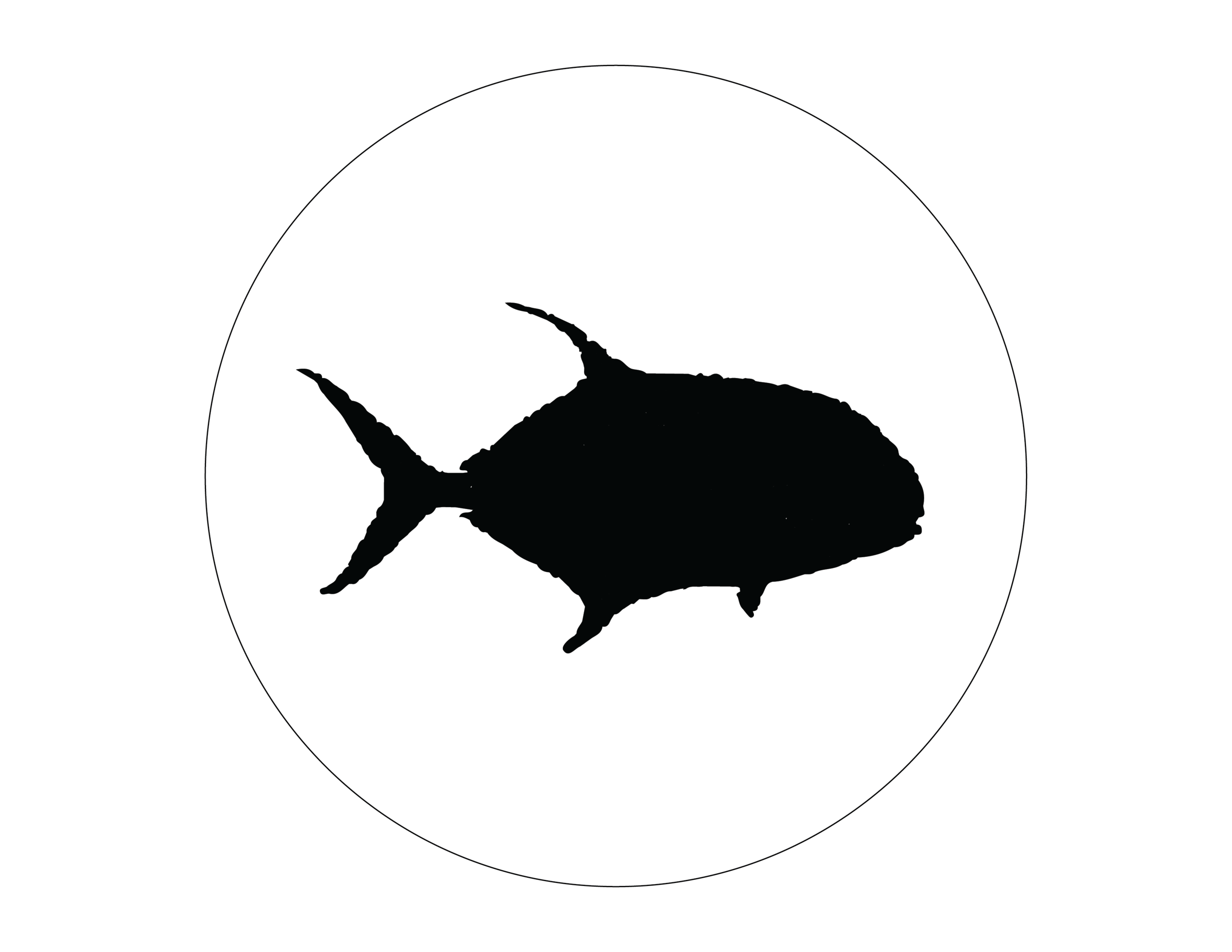








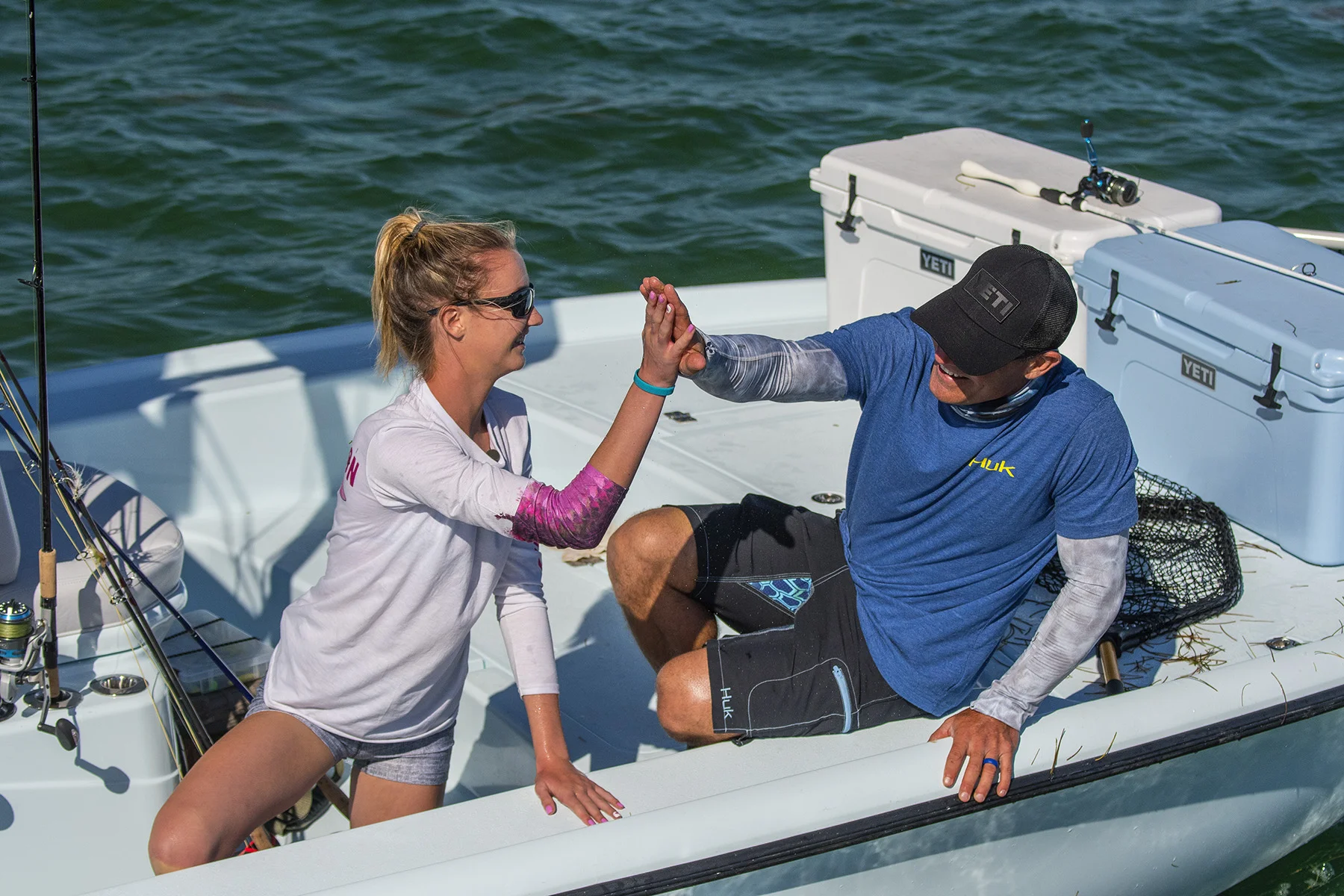





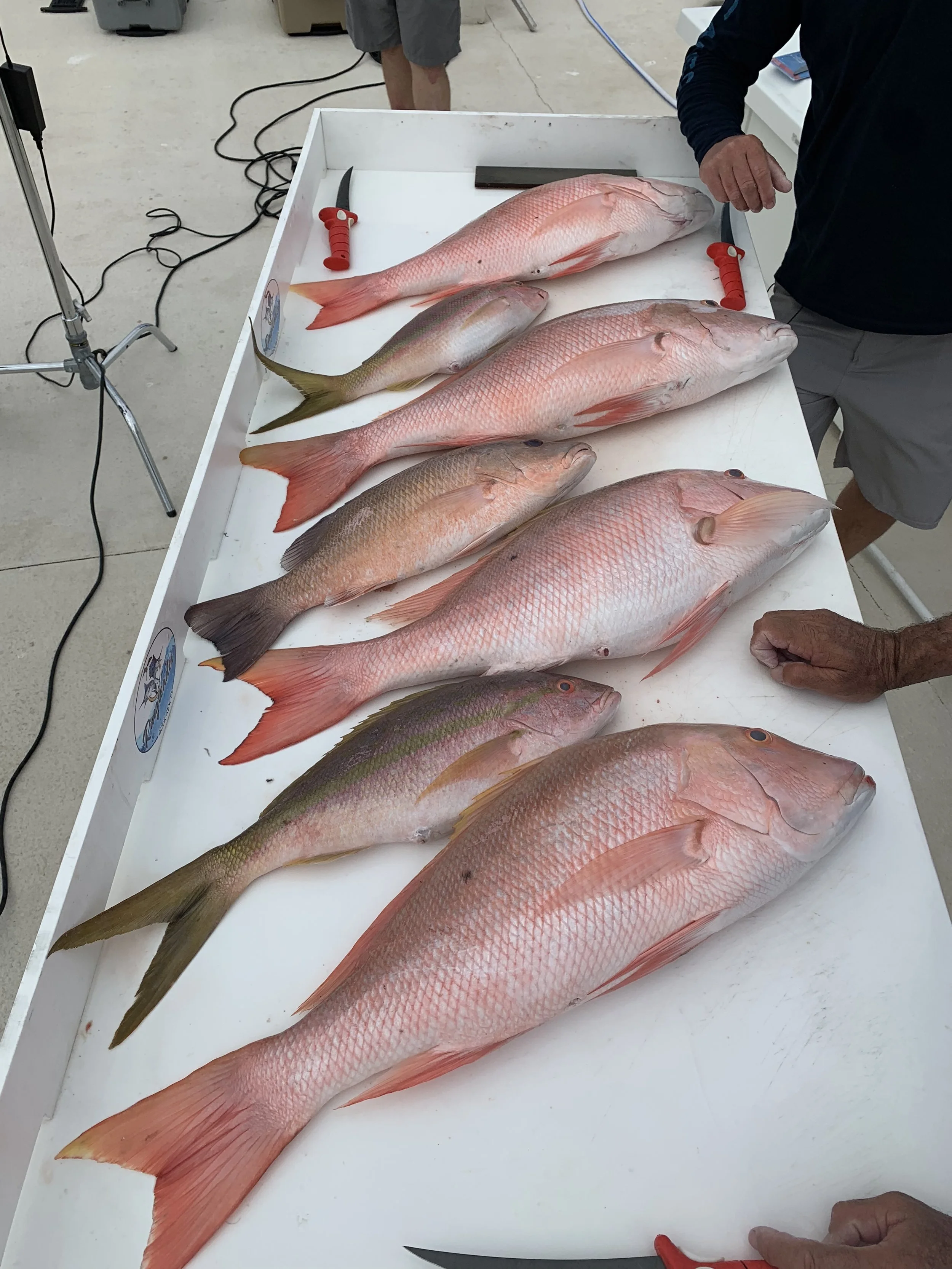
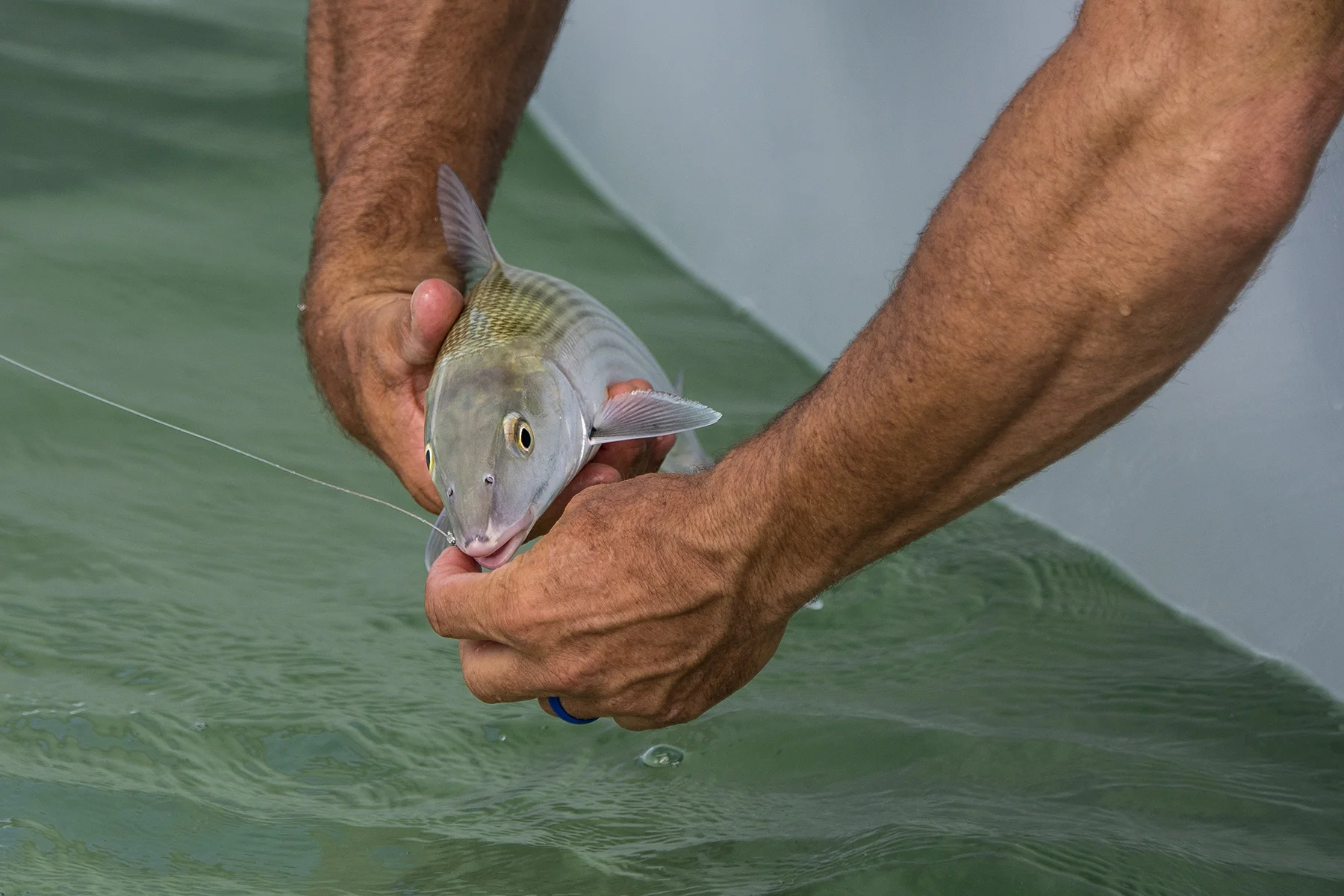




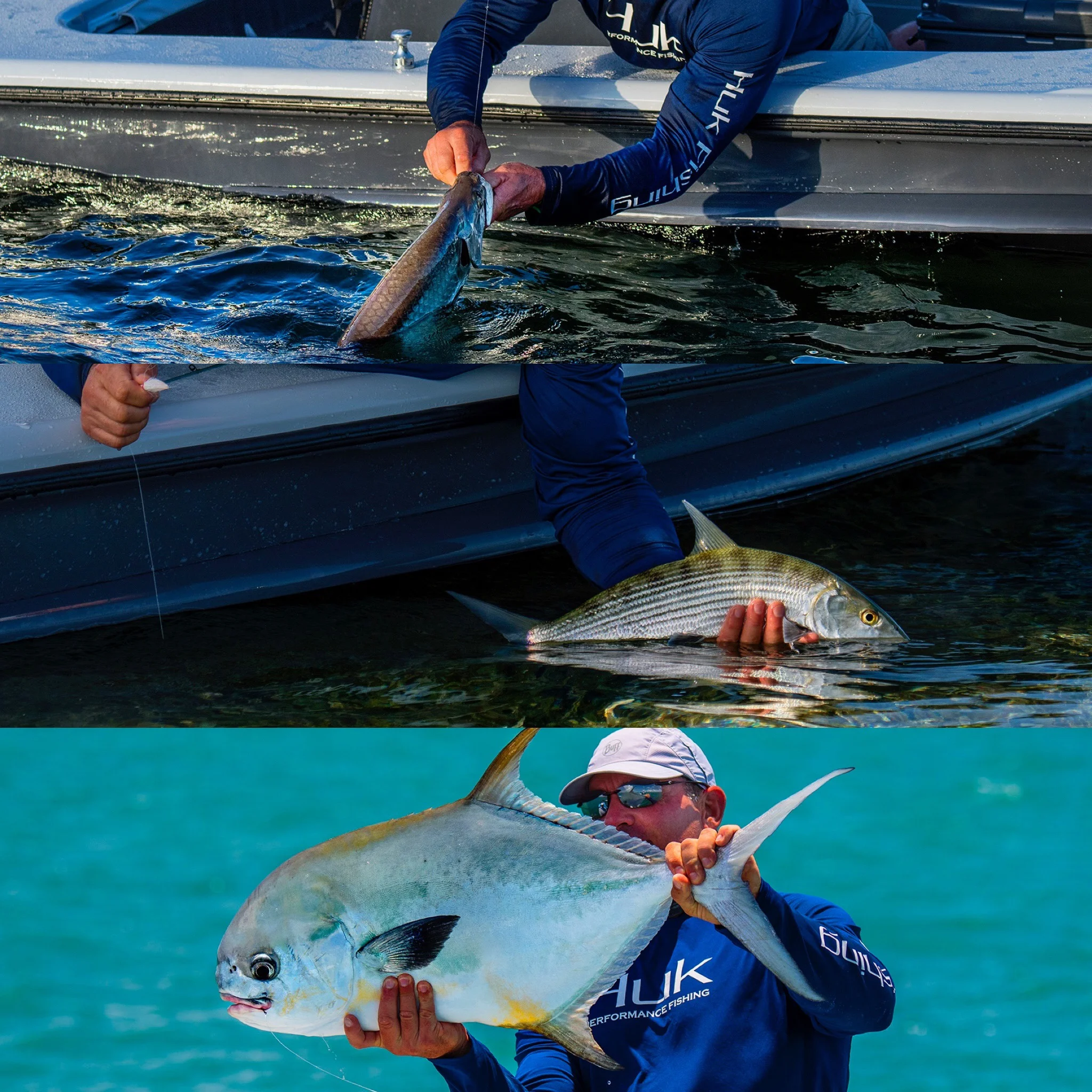





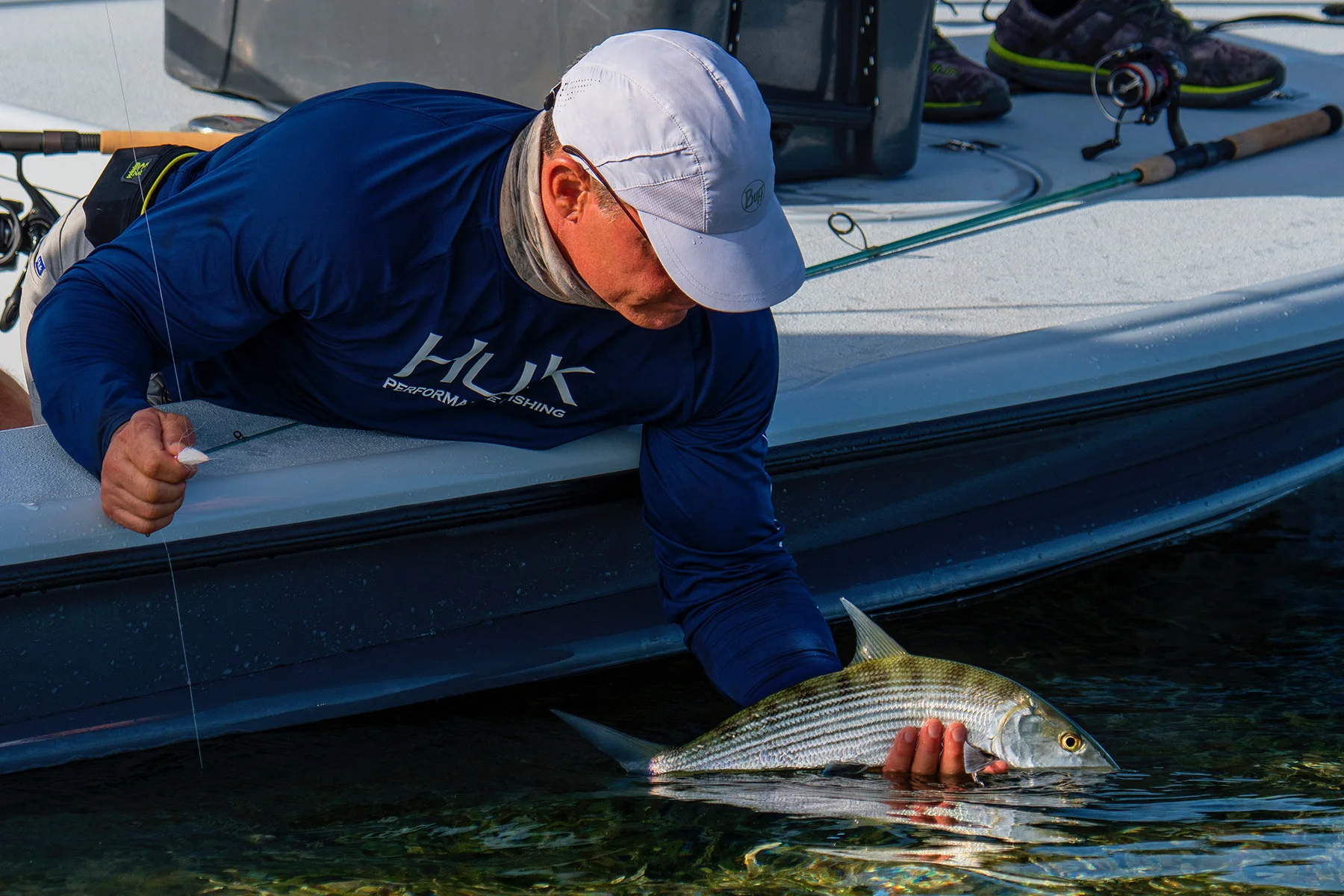
















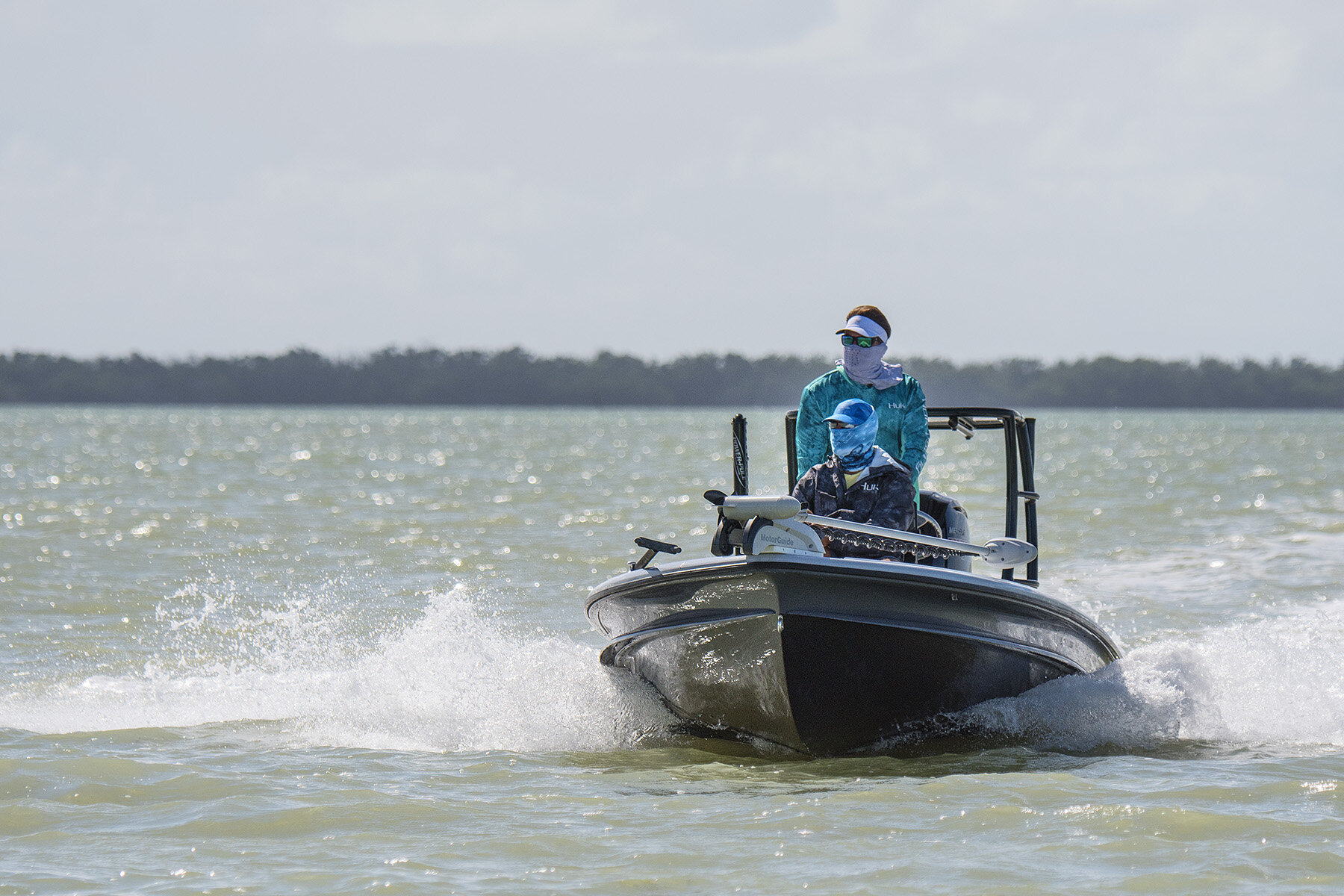



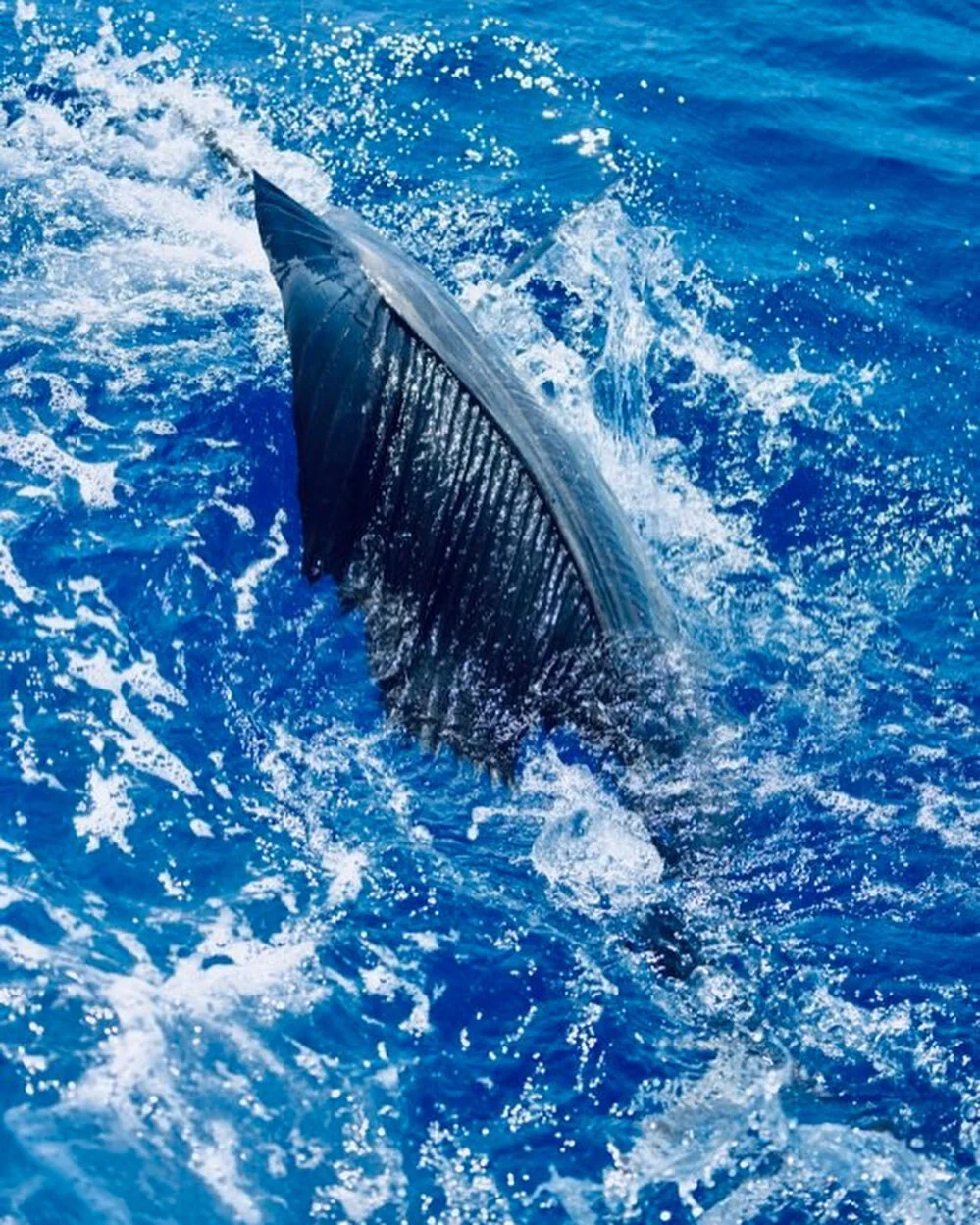
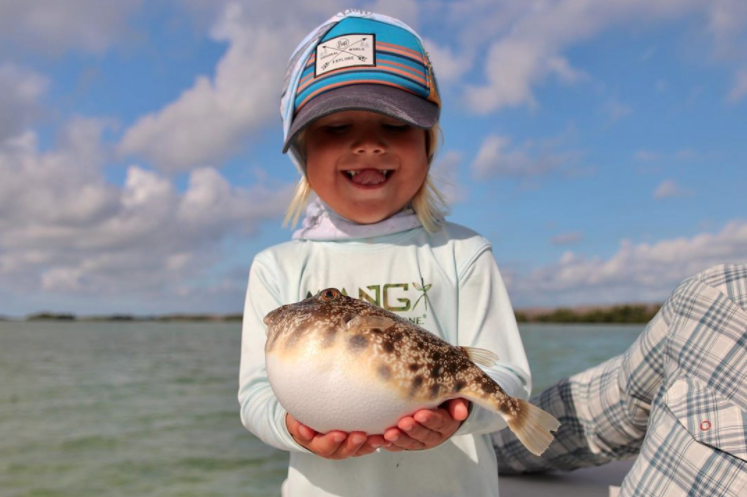
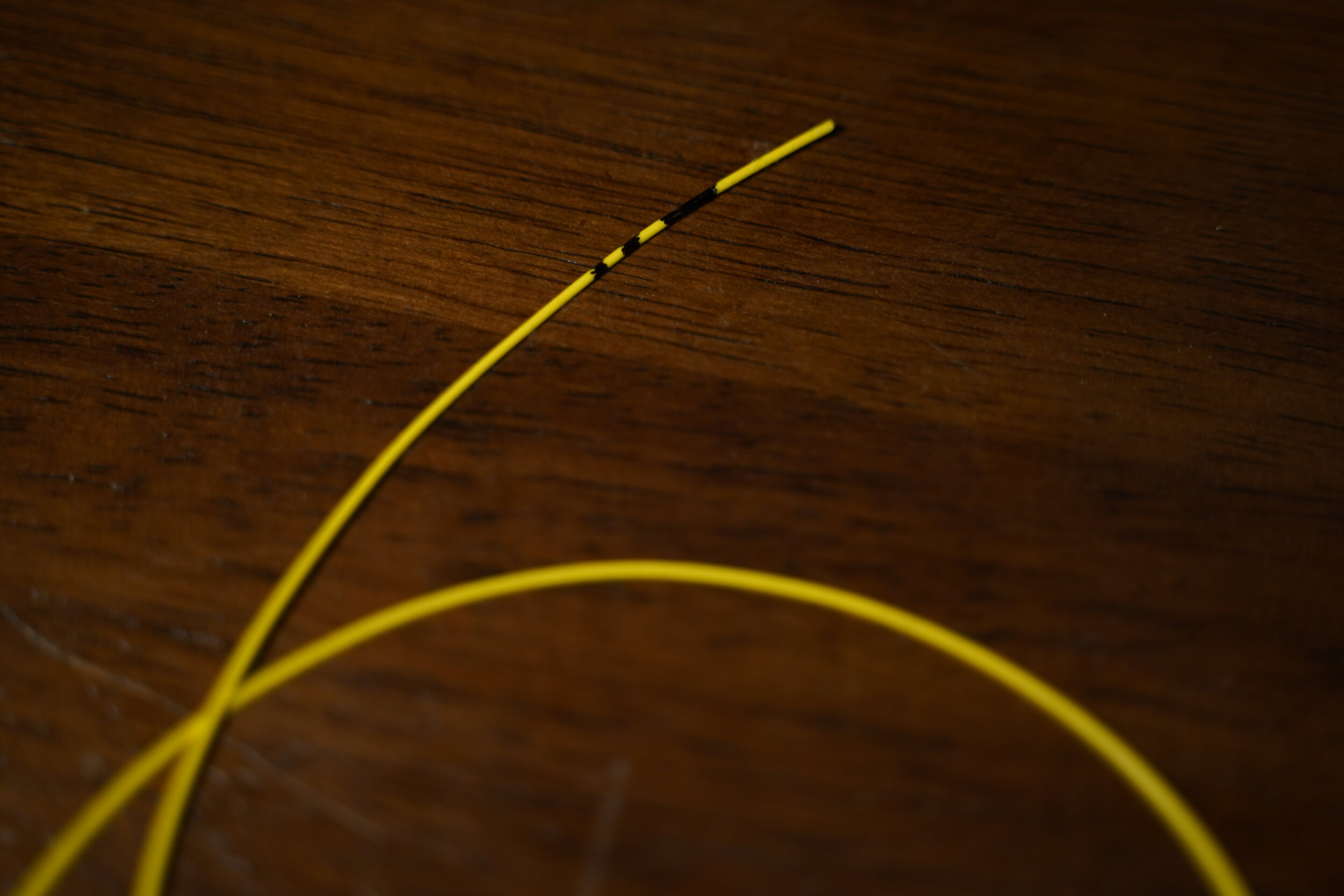

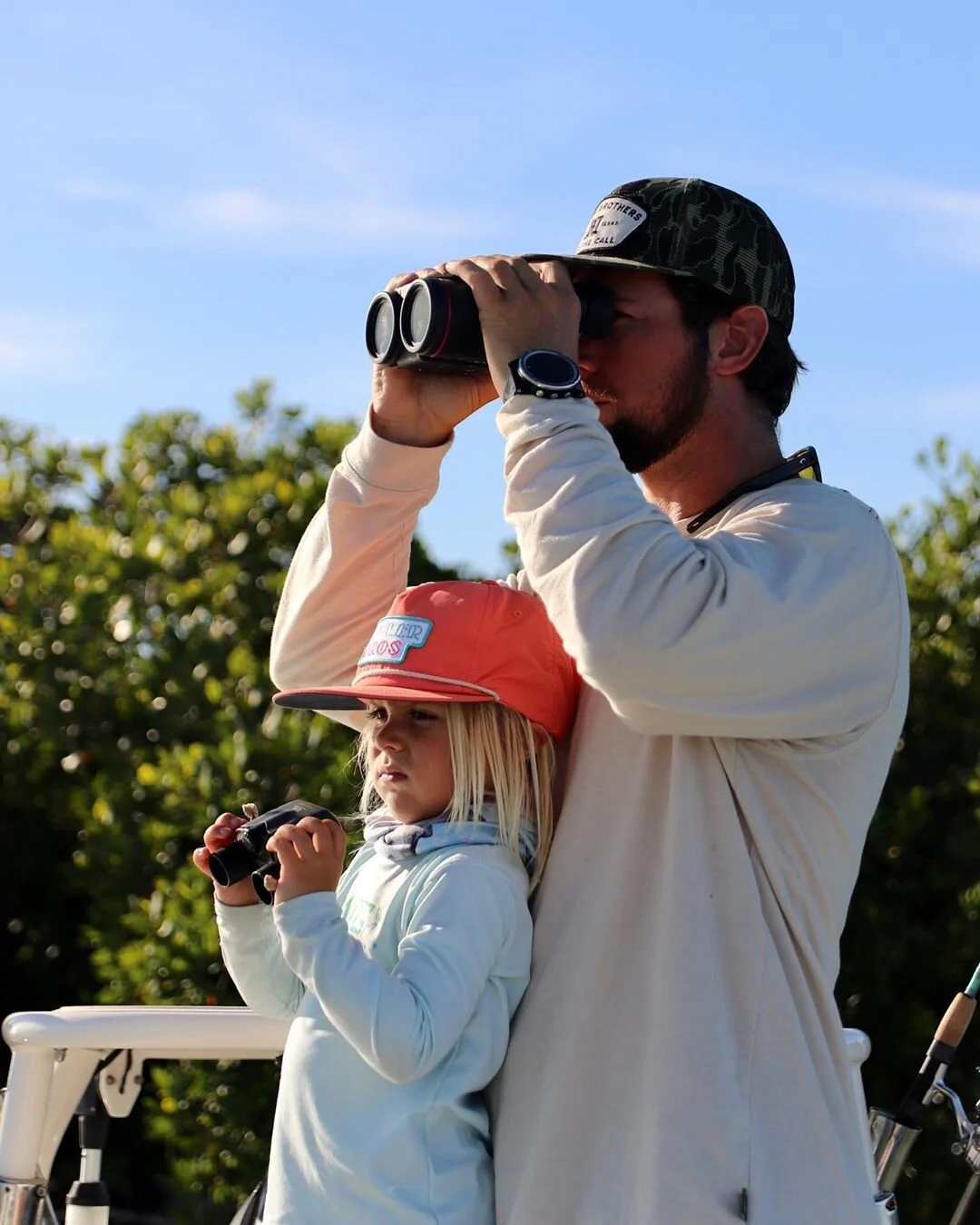


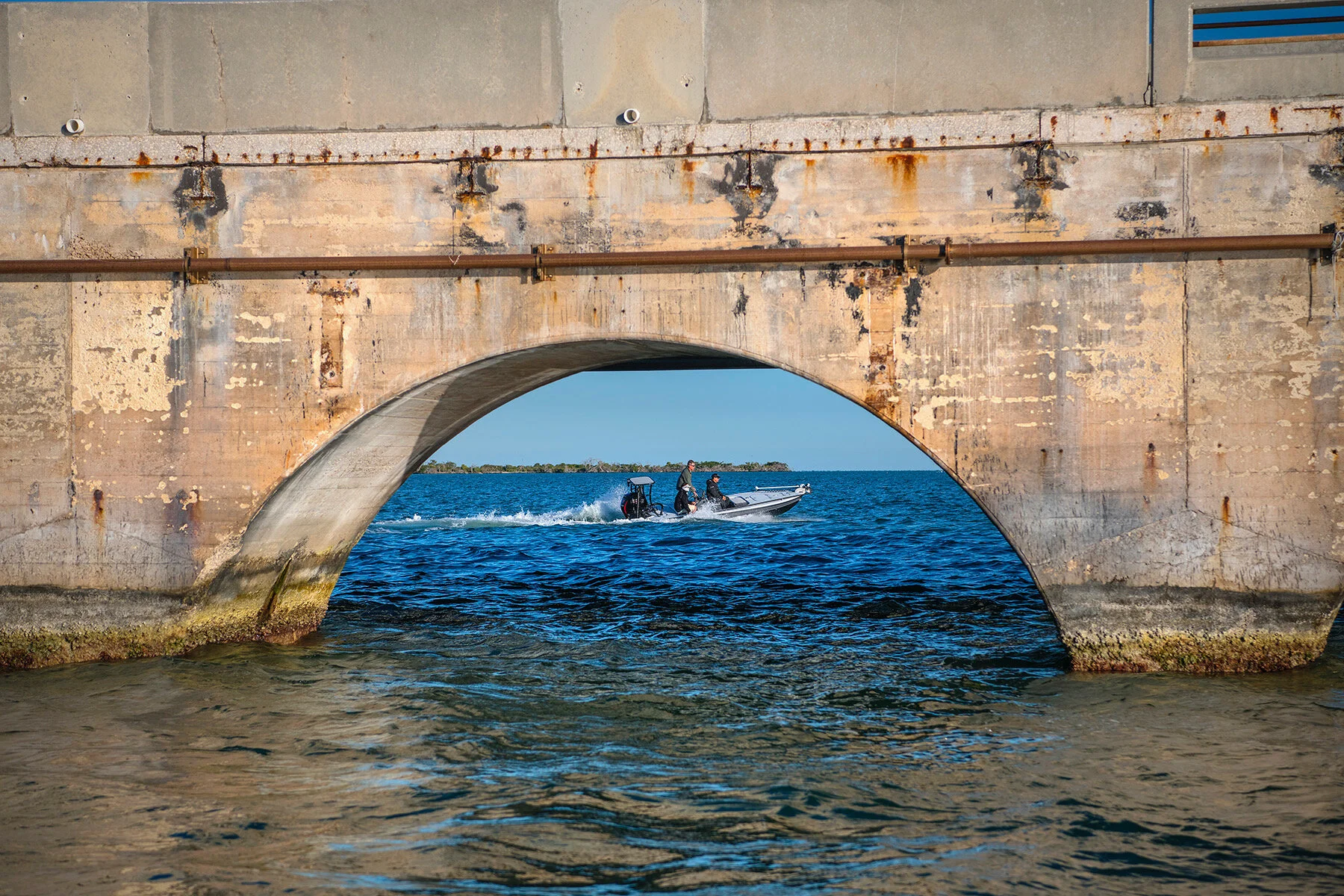


Captain Scott Walker and I talk about some of the do's and don'ts of reef fishing while we can tuna in his kitchen. The Florida Keys have reefs 4 miles out, easily accessible. Because they are easily accessible you need to be courteous because there will be many boats out there trying to fish. Charter boats are out there trying to make a living and you are out there to make your friends and family happy.